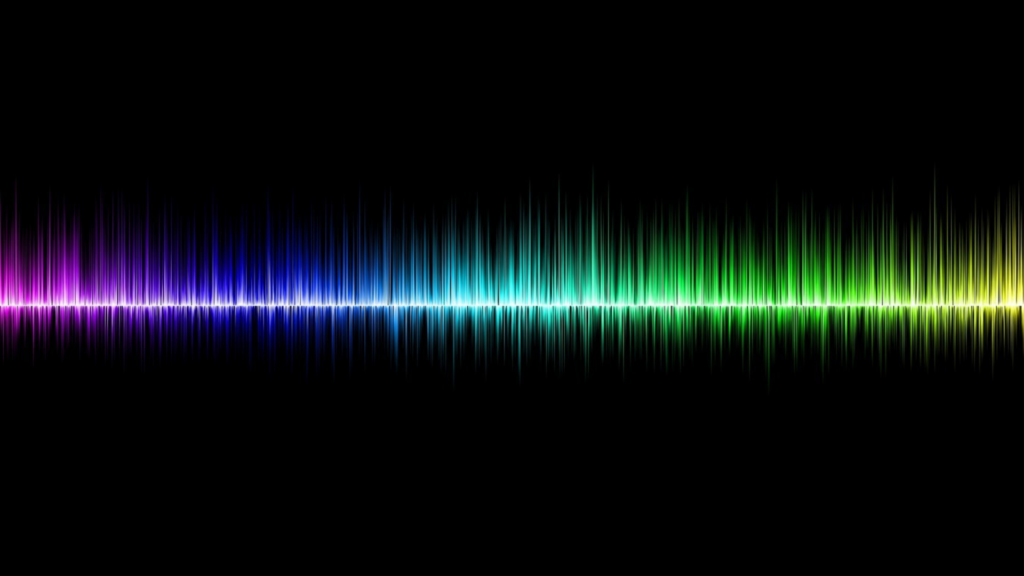Ever found yourself lost in a sea of office chatter, or felt a twinge of worry that your private conversation might not be so private?
You’re not alone.
In our quest for open, collaborative spaces, we’ve stumbled upon a challenge: keeping our focus sharp and our conversations confidential.
Enter the hero of our story: sound masking.
1. Open-Plan Offices Reimagined: Picture this: your open-plan office, bustling with energy but where every keyboard click doesn’t become a distraction. Sound masking makes it possible.
2. Meeting Rooms: Where strategies are built and ideas born. Sound masking ensures these moments are kept confidential, cocooned in privacy.
3. Call Centers: Ever imagined a call center where each conversation is clear, without the cacophony of a dozen others? That’s the magic sound masking weaves.
4. Healthcare in Corporates: In spaces where privacy equals respect, sound masking protects patient confidentiality like a gentle guardian.
5. HR’s Best Friend: HR is where hearts and careers are shaped. Sound masking keeps these sensitive conversations from becoming office gossip.
6. Legal Departments: Where every word matters, sound masking is the silent sentinel, guarding every discussion.
7. Banking on Privacy: In the world of numbers and sensitive data, sound masking ensures your financial discussions stay as private as your thoughts.
8. First Impressions: Reception areas can be bustling hubs. Sound masking introduces a layer of calm, making every “hello” a little warmer.
9. Innovation Labs: Where the future is forged, sound masking protects your groundbreaking ideas from prying ears.
10. Learning Centers: Transforming corporate training rooms into oases of focus and learning, sound masking turns down the volume on distraction.
So, my wonderful network, sound masking isn’t just about reducing noise; it’s about creating spaces where privacy, productivity, and peace coexist beautifully.
Whether you’re brainstorming the next big idea or discussing sensitive matters, it ensures your space adapts to your needs, not the other way around.
I’d love to hear your thoughts or experiences with sound masking!
Ever tried it in your workspace?
Noticed a difference? Let’s chat in the comments below!
